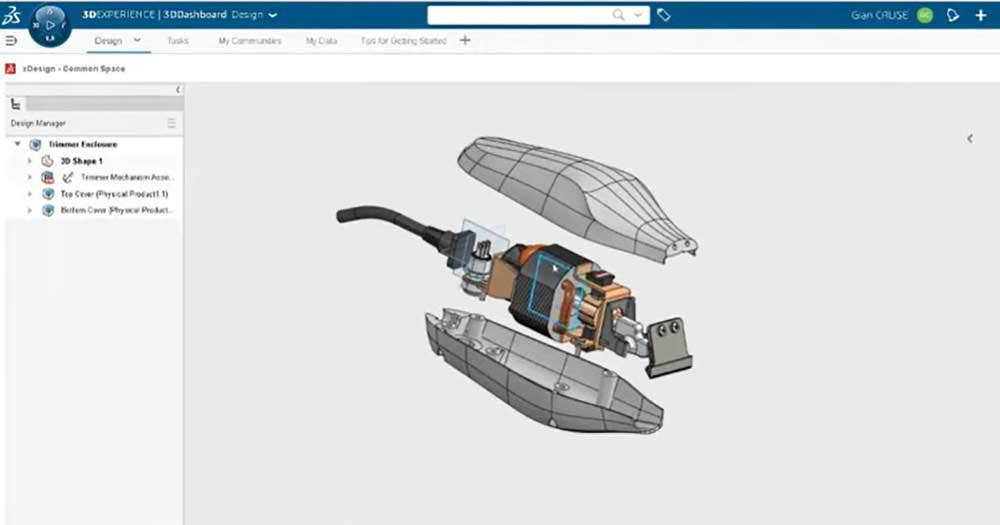For several years now, federal and state governments have been setting increasingly higher standards for educational institutions to focus on STEM programs (Science, Technology, Engineering and Math). The programs are becoming mandatory parts of curriculum in many states – and at all levels of education.
Giving students access to traditional manufacturing tools, 3D printing technology, and CAD certifications can be a great recruiting tool if you’re a private institution. Still, this presents an opportunity for all schools to prepare their students for optimal placement at competitive universities. Ultimately, this type of exposure makes students more sought after by tech companies.
Step One: Funding the Project
Working with different schools who are hoping to adopt our technology; we’ve found that applying for grants is critical for the proper integration and alignment into a curriculum. Finding and applying for the right grants can be somewhat like finding the proverbial needle in a haystack. Most grants are specific, not only to subjects like STEM, but also to: geographical location, socio-economic environment, or various other qualification criteria.
After a bit of digging, we’ve found some resources that can help connect schools with the right grants and provide additional opportunities for making this technology a reality for their students.

Grants can come from many places. Whether K-12 or college and university level, government (both federal and state), private organizations, private donors/individuals, and specific foundations are eager to provide funding and support.
Here are a few that we recommend:
- STEMfinity is a great resource for schools looking for technology related grants, with listings that are state specific, federal government issued, and many that are privately funded.
- Grants.Gov allows you to search for government funded grants based on keywords, eligibility, and the state agency involved in funding.
- Programs like GrantSelect allow you to register for updates on funding opportunities that apply to your requirements. There is a fee involved, but you can request a trial subscription before committing.
Step Two: Applying for Funding
Once you’ve selected a grant that fits the needs of your school, classroom, or organization, you need to pay close attention to the criteria of the grant. This is quintessential when you’re putting together your proposal. If crafting a proposal sounds overwhelming or scary, there are some great resources and templates available. For instance, this short tutorial guides you in writing a great proposal. There are many others out there as well so make sure you do your research. Once you feel confident in aligning your goals with those of the group funding the project, your proposal will basically write itself.
Step Three: Congratulations – You’ve Secured Funding! Now What?
Once you’ve been awarded a grant, there is typically a follow-up process where you keep the funding party aware of your progress through reporting and feedback. Creating a road-map ahead of time can help you identify your goals and timeline. Keep track of each milestone as you go, and reporting back on your success will be easier than you think.
Step Four: Integrating the Technology
Once the right technology is in place, we want you to feel positively assured about implementation. At Hawk Ridge Systems, we can help you find the right training for instructors, provide references from other schools using similar technology, and work with you to help incorporate STEM in the classroom.
Contact us today and let us know how we can help you make STEM technology accessible to your students!




